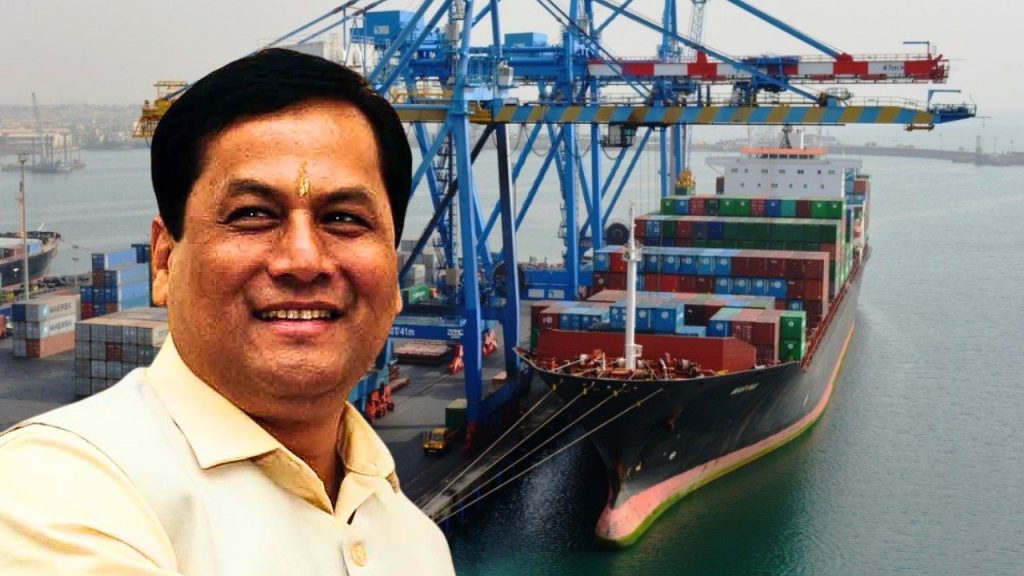
The Government of India, under its ambitious Maritime India Vision 2030, has implemented a range of strategic initiatives to boost the domestic shipbuilding industry, reduce reliance on foreign-built vessels, and strengthen coastal and maritime security across the nation. These measures, detailed by the Minister of Ports, Shipping and Waterways Shri Sarbananda Sonowal in a Rajya Sabha written reply, underscore the country’s commitment to developing a robust, sustainable, and secure maritime ecosystem.
To promote indigenous shipbuilding, the Ministry of Ports, Shipping and Waterways amended the Shipbuilding Financial Assistance Policy (SBFAP) guidelines in January 2025 to encourage greater participation in Indian shipyards. Further support was provided through the November 2021 release of Standard Tug Designs for use by major ports, ensuring uniformity and boosting domestic production. Enhancing preferential treatment for Indian-built, flagged, and owned vessels, the Ministry revised the Right of First Refusal in September 2023, enabling Indian shipyards to match foreign bids in government tenders. Additionally, guidelines introduced in 2016 have mandated preference for Indian shipyards in government vessel acquisitions, especially for contracts under INR 200 crore, aligning with the ‘Make in India’ public procurement policy.
In pursuit of green and sustainable maritime operations, the Government launched the Green Tug Transition Programme (GTTP) in August 2024 to minimize carbon emissions from tugboats. Complementing this, the Harit Nauka guidelines promote the adoption of eco-friendly technologies for inland vessels, reinforcing India’s commitment to environmental stewardship.
The coastal shipping sector has shown impressive growth, with cargo traffic nearly doubling from 86.3 million tonnes in FY 2014-15 to 165.4 million tonnes in FY 2024-25, reflecting the sector’s vital role in enhancing trade and connectivity along India’s vast coastline.
Maritime security has also been substantially reinforced. The Indian Navy serves as the overarching authority for maritime security, while the Indian Coast Guard handles coastal security within territorial waters. Daily surveillance operations include deployment of 18-20 ships, 30-35 boats/craft, and 10-12 aircraft by the Coast Guard. The government has implemented comprehensive Standard Operating Procedures (SOPs) for coastal security across all coastal states and union territories, supported by regular security exercises and enhanced electronic surveillance through an expanding network of shore-based Chain of Static Sensors (CSS) radar stations. Community Engagement Programs targeting fisherfolk further strengthen maritime security by involving local stakeholders as vigilant partners.
These coordinated policy actions under Maritime India Vision 2030 highlight India’s strategic focus on self-reliance in shipbuilding, sustainable maritime practices, and robust security frameworks, positioning the country as a significant maritime power in the coming decade.

